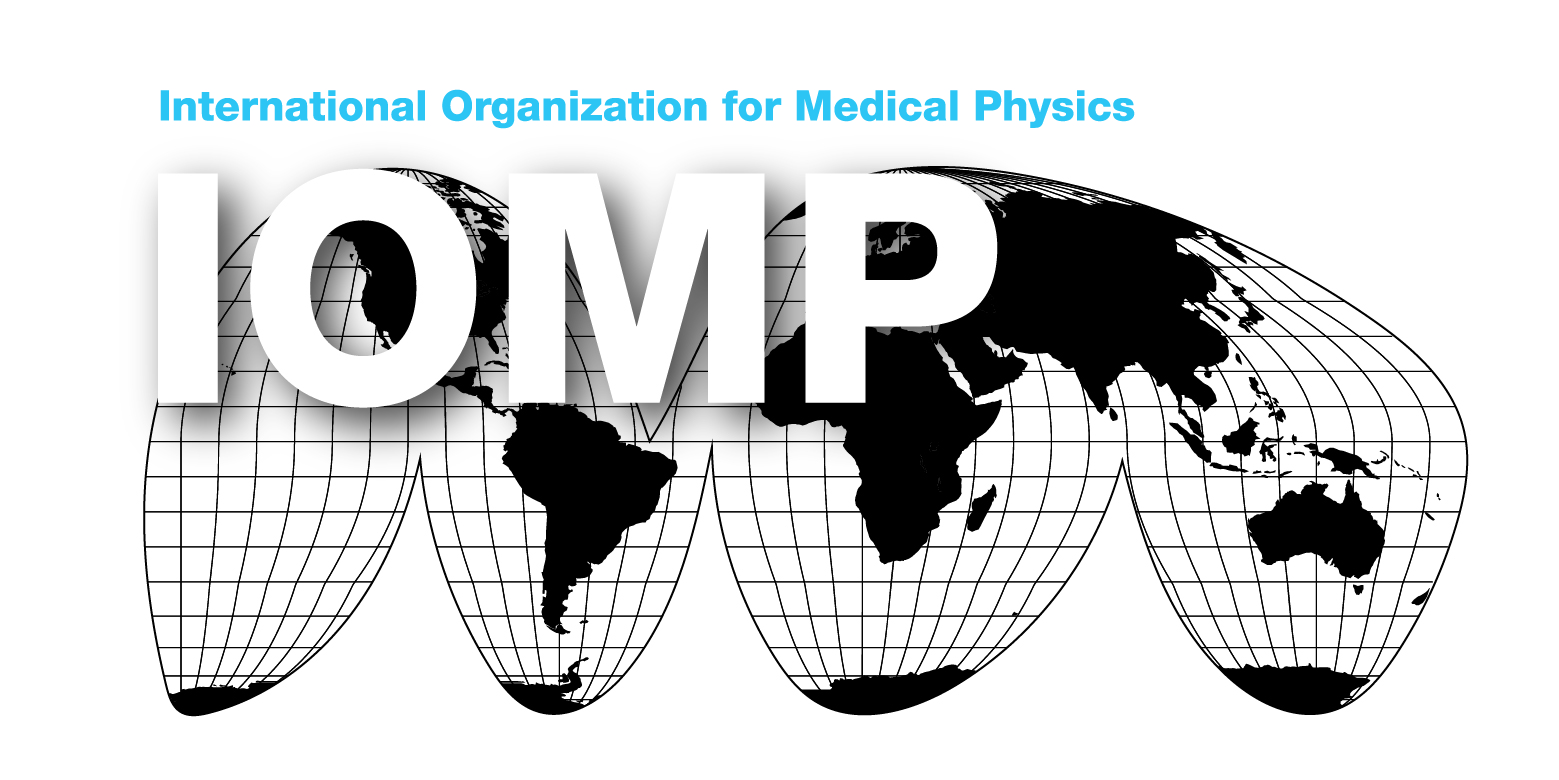Risk Assessment as a tool in radiation therapy quality assurance

David Gierga, PhD
Massachusetts General Hospital
Harvard Medical School, Boston![]()
A framework for designing quality management programs
Quality assurance (QA) programs in radiation therapy had traditionally focused on monitoring component performance based on consensus recommendations of testing frequencies and tolerances, but recently the field has shifted to more of a risk-based approach. A major milestone was the publication of AAPM Task Group 1001, which described a framework for designing quality management programs based on methods such as process maps, failure modes and effects analysis (FMEA), and fault tree analysis (FTA). There are many recent examples of using risk assessment in the literature, with several highlighted here, with a focus on recently emerging technologies in radiation therapy. Teo et al2 performed FMEA analysis of the Varian Halcyon linac, with recommendations that could inform future design features. Pawlicki et al3 used Systems-Theoretic Process Analysis (STPA) to assess the clinical use of the Halcyon and concluded that there may be opportunities to reduce some traditional commissioning and routine QA steps with additional focus on the overall organization and workflow procedures. AAPM TG-2644 also used FMEA to develop QA recommendations for the safe implantation of MLC tracking in radiotherapy. AAPM TG-3025, which describes the clinical use of surface-guided radiation therapy, used risk assessment to analyze the workflow for deep-inspiration breath-hold breast treatments to assist the physicist in generating a comprehensive QA program. Finally, it is worth noting that regardless of technology, plan and chart reviews will continue to be an integral part of the radiation therapy workflow. TG-2756 used FMEA to inform recommendations for photon/electron, proton, and gynecological HDR treatments. These examples illustrate the increasing application of risk assessment in the quality management of radiation therapy. Medical physicists should become more aware of these approaches and incorporate them into clinical practice.
References:
- Huq, MS et al. The report of Task Group 100 of the AAPM: Application of risk analysis methods to radiation therapy quality management. Med Phys 43(7) 2016.
- Teo, PT et al Application of TG-100 risk analysis methods to the acceptance testing and commissioning process of a Halcyon linear accelerator. Med Phys 46(3) 2019.
- Pawlicki, T. et al. Clinical safety assessment of the Halcyon system. Med Phys 46(10) 2019.
- Keall, PJ et al AAPM Task Group 264: The safe clinical implementation of MLC tracking in radiotherapy. Med Phys 48(5) 2021.
- Al-Hallaq, HA. AAPM task group report 302: Surface-guided radiotherapy. Med Phys 2022; 1-31
- Ford, E et al Strategies for effective physics plan and chart review in radiation therapy: Report of AAPM Task Group 275 Med Phys 47(6) 2020.
Additional resources:

